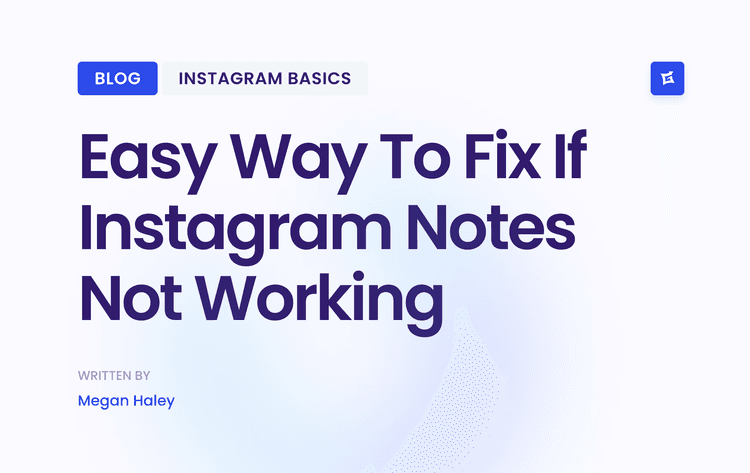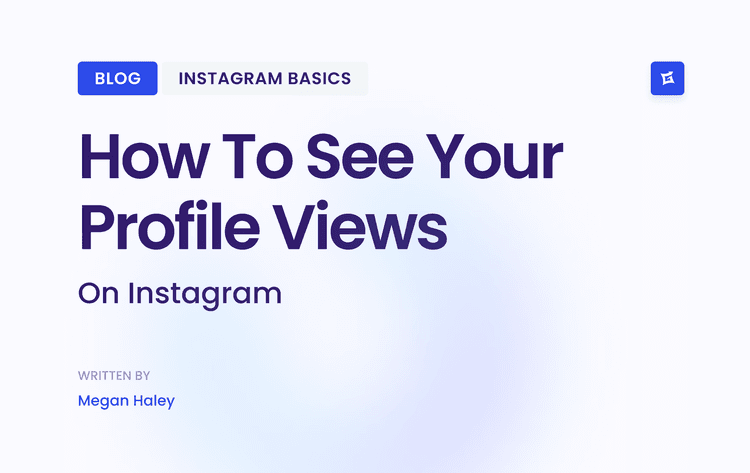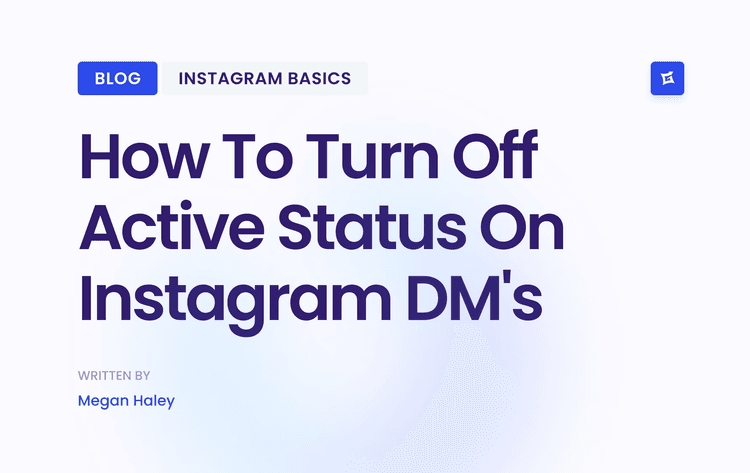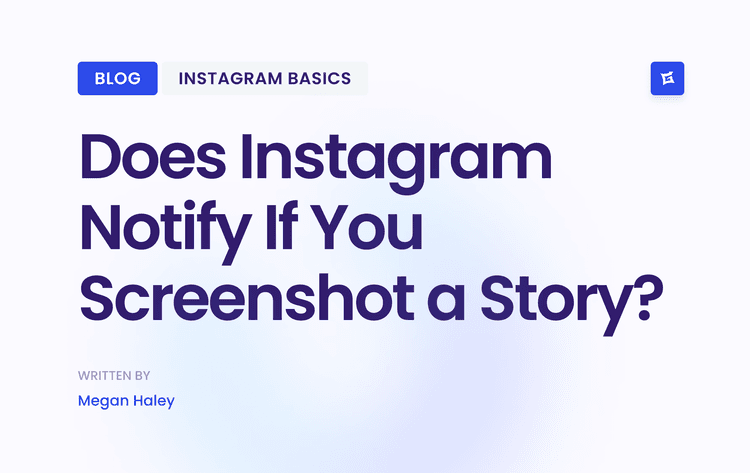1. Posting Without a Clear Strategy
One of the most foundational social media marketing mistakes is treating your platforms like a digital bulletin board for random updates. This "post and pray" approach, where content is published without a cohesive plan, often leads to inconsistent messaging, low engagement, and a poor return on investment. Without a clear direction, your social media efforts are just noise, not a strategic asset for your business.

This mistake manifests in several ways. For instance, a local boutique might post blurry product photos with no captions or a B2B tech company might share memes that don't align with its professional brand voice. Another common error is posting the same content across LinkedIn, TikTok, and Instagram without optimizing for each platform's unique audience and format expectations.
How to Fix It: Build a Strategic Foundation
A goal-oriented strategy can change your social media from a time-wasting chore into a powerful marketing channel. It provides the clarity needed to create content that resonates with your audience and aligns with your business objectives. A lack of direction often leads to wasted effort; build a solid foundation with a comprehensive winning social media marketing plan to guide your actions.
Actionable Steps:
Define SMART Goals: Instead of a vague goal like "increase engagement," aim for something specific, such as "Increase Instagram Story replies by 15% in Q3 by using interactive stickers and Q&A sessions."
Develop Buyer Personas: Go Beyond Basic Demographics. Understand your ideal customer's pain points, motivations, and online behavior to create content that genuinely speaks to them.
Create a Content Calendar: Plan your posts, stories, and campaigns in advance. A calendar ensures consistent posting, helps you align content with key dates, and prevents last-minute scrambling.
Establish a Brand Voice: Document your brand's personality, tone, and style. This guide ensures that anyone posting on your behalf maintains a consistent and recognizable voice.
2. Ignoring Analytics and Data
Another critical social media marketing mistake is operating in a data vacuum. When you publish content without ever looking back to analyze its performance, you're essentially flying blind. This approach relies on guesswork and assumptions, preventing you from understanding what truly captures your audience's attention and what drives them to act. Without data, you can't optimize your strategy, leading to stagnant growth and wasted resources.
This error is common across all industries. For example, a brand might continue investing heavily in video content that consistently receives low views and engagement, while their simple text-and-image posts perform exceptionally well. Another instance is a business running paid ad campaigns without tracking click-through rates or conversions, making it impossible to calculate ROI or improve future ads. Ignoring analytics means you're likely repeating failures and overlooking opportunities for success.
How to Fix It: Make Data-Driven Decisions
Turning analytics into your guide transforms your social media efforts from a gamble into a calculated science. Data provides objective insights into audience behavior, content effectiveness, and campaign outcomes, empowering you to refine your approach for maximum impact. A commitment to tracking performance is non-negotiable for sustainable growth; get a complete guide to using Instagram analytics for business growth to start making smarter decisions.
Actionable Steps:
Track Key Performance Indicators (KPIs): Focus on metrics that align with your goals. Key KPIs include engagement rate (likes, comments, shares), reach, follower growth, and click-through rates on your links.
Conduct Regular Audits: Set aside time each month to review your analytics. Create a simple report to identify top-performing posts, audience demographic shifts, and the best times to post for your specific audience.
Use A/B Testing: Don't just guess what works best. Test different variables, such as captions, visuals, post formats (e.g., carousel vs. single image), or calls-to-action, to see what generates a better response.
Adjust Your Strategy Based on Insights: Use your findings to inform your content calendar. If data shows your audience loves behind-the-scenes Stories, create more of them. If a certain topic consistently flops, pivot away from it.
3. Focusing Only on Selling
One of the most persistent social media marketing mistakes is treating your platforms as a one-way billboard for your products. This aggressive "social selling" approach involves a relentless stream of promotional posts, discounts, and "buy now" calls to action. It transforms your feed into a digital catalog, forgetting that social media is fundamentally about connection, community, and conversation.

This error is easy to spot. Think of brands whose entire Instagram grid is just product shots with prices, or a company on Facebook that ignores customer questions in the comments but continues to post sales announcements. This constant selling alienates audiences, leading to unfollows and a reputation for being spammy rather than helpful. Modern consumers crave value, not just a sales pitch.
How to Fix It: Adopt a Value-First Mindset
Shift your focus from direct selling to building relationships by providing consistent value. This approach, famously championed by Gary Vaynerchuk as "Jab, Jab, Jab, Right Hook," involves giving your audience valuable, engaging content before asking for the sale. By educating, entertaining, and interacting, you build trust and position your brand as a resource, making customers more receptive when you do present an offer.
Actionable Steps:
Follow the 80/20 Rule: Dedicate 80% of your content to providing value (educational tips, behind-the-scenes stories, user-generated content, entertainment) and only 20% to direct promotion.
Share Your Brand Story: Take your audience behind the curtain. Show how your products are made, introduce your team, and share the mission behind your brand to create a human connection.
Engage Proactively: Don't just post and ghost. Actively respond to comments and messages, ask questions in your captions, and run polls or Q&As to foster a two-way dialogue.
Create Educational Content: Teach your audience something related to your industry. A skincare brand can share tips for a morning routine, while a B2B software company can offer insights into productivity hacks. This establishes authority and helps your audience.
4. Inconsistent Posting Schedule
Imagine a favorite TV show that airs new episodes at random intervals; one week you get three, and the next month you get none. You'd quickly lose interest. This is precisely what happens when brands have an inconsistent posting schedule on social media, a common yet damaging social media marketing mistake. Irregular posting confuses your audience, diminishes trust, and signals to platform algorithms that your account is not a reliable source of content, severely hampering your reach and engagement.
This error takes many forms. A common scenario is a brand posting enthusiastically every day for one week during a product launch, only to go silent for the following month. Another example is a business dumping five posts in a single afternoon and then disappearing for days. This sporadic activity fails to build momentum and keeps you from staying top-of-mind with your followers, making it difficult to cultivate a loyal community.
How to Fix It: Prioritize Consistency and Rhythm
Consistency is the heartbeat of a successful social media account. It creates a predictable rhythm that trains your audience to anticipate and look forward to your content. A steady cadence not only satisfies your followers but also pleases social media algorithms, which tend to favor accounts that provide a consistent stream of value. This doesn't mean you must post multiple times a day; it means choosing a realistic frequency and sticking to it.
Below is a quick reference summarizing generally accepted optimal posting frequencies for major platforms, which can serve as a starting point for your strategy.
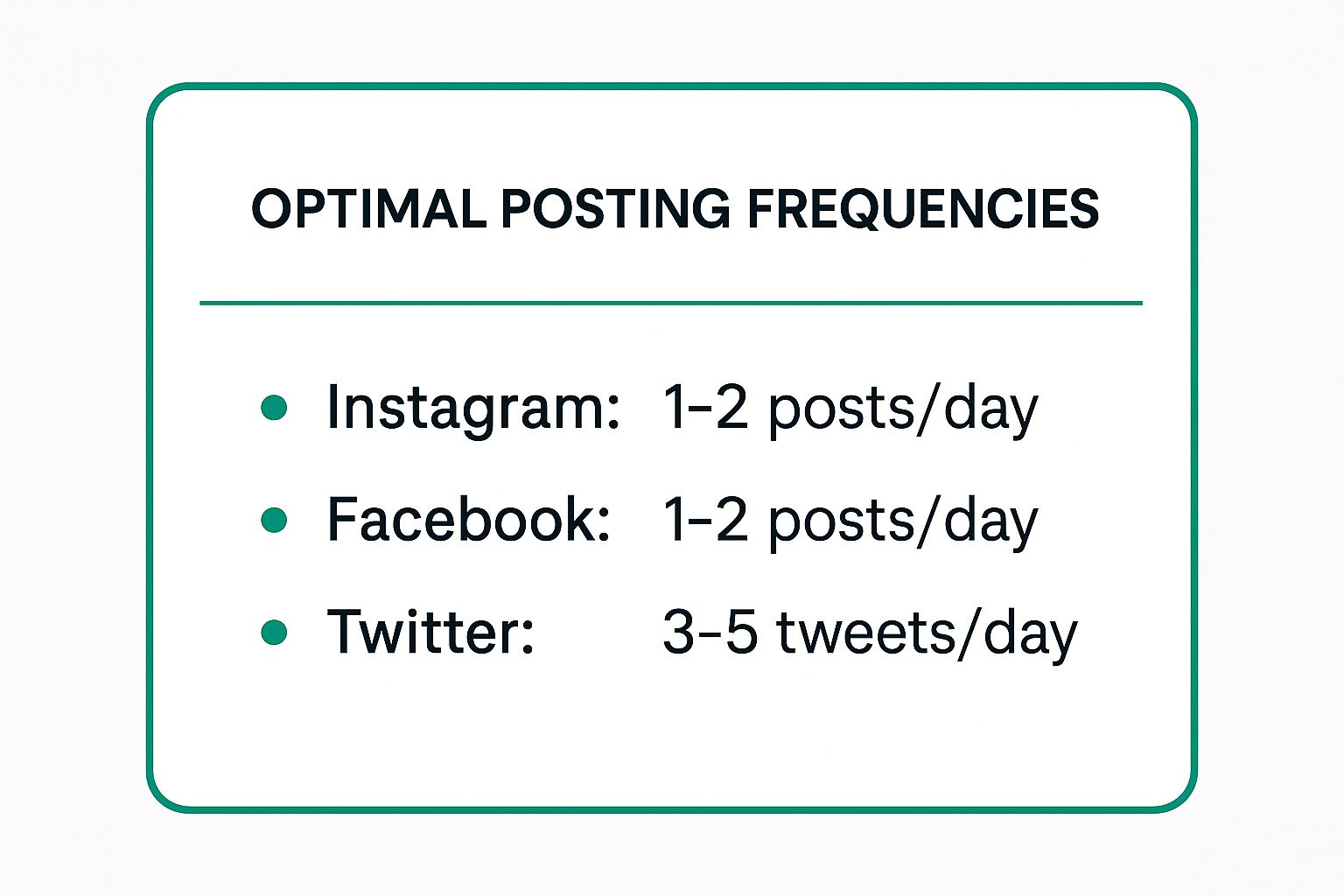
These figures highlight that different platforms have unique user expectations, making a one-size-fits-all approach ineffective. Finding the right rhythm for your specific audience is key, and you can learn more about building the best Instagram posting schedule on gainsty.com to refine your approach.
Actionable Steps:
Establish a Realistic Cadence: Analyze your resources and determine a posting frequency you can realistically maintain for each platform. It's better to post three high-quality updates per week, every week than to post daily for a week and then vanish.
Use Scheduling Tools: Platforms like Buffer, Hootsuite, or Later allow you to plan and schedule content in advance. This ensures a consistent flow of posts even during busy periods.
Batch Create Your Content: Dedicate specific blocks of time each week or month to create all your social media content at once. This "batching" method is highly efficient and prevents the stress of last-minute content creation.
Plan Content Themes: Assign themes to different days of the week (e.g., "Tech Tip Tuesday," "Founder Friday"). This simplifies content planning and gives your audience something to consistently look forward to.
5. Not Engaging with the Audience
One of the most self-defeating social media marketing mistakes is treating your platform like a monologue instead of a conversation. Social media is inherently interactive, yet many brands use it as a one-way broadcast channel, pushing out content without ever stopping to listen or respond. This approach ignores the very "social" aspect of the medium, creating cold, impersonal brand visibility that alienates followers and suppresses reach.
This error is painfully common. You see it when a popular brand’s post has hundreds of thoughtful comments but not a single reply from the company itself. It also happens when customers post genuine complaints or questions on a business’s page, only to be met with silence. Another missed opportunity is when brands fail to acknowledge or reshare user-generated content (UGC), a powerful form of social proof that their most loyal fans create for free.
How to Fix It: Transform Your Feed into a Community Hub
Actively engaging with your audience is how you turn passive followers into a vibrant community of brand advocates. Every interaction is an opportunity to strengthen customer relationships, gather valuable feedback, and signal to social media algorithms that your content is valuable. Prioritizing engagement is a fundamental step in building a loyal, long-term audience; use tools and establish workflows to manage your social media engagement effectively.
Actionable Steps:
Set a Response Time Goal: Aim to respond to all legitimate comments and direct messages within a specific timeframe, such as 12-24 hours. Promptness shows your audience that you value their input.
Ask Engaging Questions: End your captions with open-ended questions that encourage replies. Instead of just showing a product, ask, "How would you style this for a weekend brunch?"
Acknowledge and Share UGC: Create a dedicated brand hashtag and actively monitor it. When a customer shares a great photo featuring your product, ask for permission to repost it and give them full credit. This validates your customers and provides authentic content.
Utilize Interactive Features: Leverage platform-specific tools like Instagram Stories polls, quizzes, and Q&A stickers. These low-effort features make it easy for your audience to engage directly with your brand.
6. Using the Same Content Across All Platforms
A significant and all-too-common social media marketing mistake is the "one-size-fits-all" approach to content distribution. Automatically syndicating the same post across every platform is an efficiency trap; while it saves time initially, it ultimately sabotages your engagement and reach. Each social network has its own distinct culture, audience expectations, and optimal content formats, and ignoring these nuances is a recipe for being ignored.

This error is easy to spot. It might be a lengthy, formal article designed for LinkedIn being awkwardly truncated on Twitter, or a polished, square Instagram image looking out of place as a vertical Pin on Pinterest. Another classic example is sharing a professional B2B case study video on TikTok without re-editing it to fit the platform's fast-paced, music-driven, and informal style. This practice tells your audience that you don't understand the platform they are on, which can harm your brand's credibility.
How to Fix It: Adapt and Optimize for Each Platform
The solution isn't to create entirely new content for every channel but to adapt your core message and assets for each one. This strategic cross-posting respects the unique environment of each platform, allowing you to maximize the performance of a single content idea. By tailoring your content, you meet your audience where they are and in the format they prefer.
Actionable Steps:
Tailor Content Formats: Reformat your assets for each platform. Turn a blog post into a carousel for Instagram, a short-form video for Reels or TikTok, a professional text post for LinkedIn, and a thread for Twitter.
Use Platform-Specific Features: Leverage the unique tools each network offers. Use interactive stickers like polls and quizzes on Instagram Stories, create a Twitter thread to break down complex topics, and use LinkedIn articles for thought leadership.
Adjust Captions and Tone: Your brand voice should remain consistent, but your tone can adapt. A caption on LinkedIn should be more professional and detailed, while a caption for the same visual on Instagram can be more casual and emoji-friendly.
Optimize Hashtag Strategy: Don't use the same block of hashtags everywhere. Research and use relevant, targeted hashtags for Instagram and Twitter, while keeping them minimal or non-existent on platforms like LinkedIn and Facebook where they are less impactful.
7. Neglecting Visual Content Quality
In today’s visual-first digital landscape, another critical social media marketing mistake is underestimating the power of high-quality imagery and video. Users scroll through their feeds at incredible speeds, and low-quality visuals are an instant stop sign. Publishing blurry photos, poorly lit videos, or amateurish graphics not only fails to capture attention but also actively damages your brand’s credibility and perceived value.
This error is common and takes many forms. Think of a restaurant posting unappetizing, dimly lit photos of its food, or a real estate agent sharing pixelated images of a property. It also includes using generic stock photos that feel disconnected from your brand or having inconsistent branding, such as different logos, fonts, and color palettes across your posts. These slip-ups make your brand look unprofessional and untrustworthy.
How to Fix It: Prioritize Visual Excellence
Elevating your visual content is non-negotiable for success on platforms like Instagram, Pinterest, and even LinkedIn. Professional-looking visuals stop the scroll, communicate your message more effectively, and build a strong, recognizable brand identity. Investing time and resources into your visuals directly translates into higher engagement and more polished brand perception.
Actionable Steps:
Invest in Good Tools: You don't need a Hollywood budget. A modern smartphone with good lighting can produce stunning results. Alternatively, use tools like Canva or Adobe Express to create professional-grade graphics and branded templates.
Establish Visual Brand Guidelines: Create a simple document outlining your official brand colors, fonts, and logo usage. This ensures anyone creating content for you maintains a consistent look and feel.
Master the Basics of Composition: Learn fundamental principles like the rule of thirds, leading lines, and proper lighting. These simple techniques can dramatically improve the quality of your photos and videos.
Optimize for Each Platform: Ensure your images and videos are sized correctly for each social network's specific dimensions. An image that looks great on an Instagram feed might get awkwardly cropped on Twitter, so tailor your assets accordingly.
8. Buying Fake Followers and Engagement
Falling for the lure of instant popularity, some brands and influencers resort to buying fake followers, likes, or comments. This shortcut to social proof is one of the most damaging social media marketing mistakes, creating a hollow facade that ultimately undermines credibility, destroys engagement metrics, and risks severe platform penalties. Real, sustainable growth is built on genuine connection, not purchased numbers.
The signs of this mistake are often obvious. You might see an account with 200,000 followers but only a handful of likes and generic, bot-like comments ("Great post! 🔥") on each photo. Another red flag is a sudden, unnatural spike in follower count overnight with no corresponding viral content. This practice poisons your account, as algorithms will show your content to inactive bots, tanking your reach to actual potential customers.
How to Fix It: Cultivate an Authentic Community
True influence and marketing success come from building a loyal community that genuinely cares about your brand. Shifting your focus from vanity metrics to authentic engagement creates a foundation for long-term growth and customer loyalty. It’s far better to have 1,000 engaged followers who convert than 100,000 fake ones who do nothing.
Actionable Steps:
Focus on High-Value Content: Create content that educates, entertains, or inspires your target audience. Solve their problems and provide value, and they will follow and engage organically.
Engage Genuinely: Respond to comments and direct messages thoughtfully. Ask questions in your captions, run polls in your stories, and actively participate in conversations relevant to your niche.
Use Strategic Hashtags: Research and use a mix of broad, niche, and branded hashtags to reach new, relevant audiences who are actively looking for content like yours.
Audit Your Followers: If you suspect you have fake followers, use tools to identify and remove them. This improves your engagement rate and ensures your content reaches real people. You can learn how to spot fake Instagram followers to clean up your account and protect its integrity.
Key Mistakes Comparison in Social Media Marketing
Posting Without a Clear Strategy
This has a low implementation complexity but requires moderate resources. The outcome is often inconsistent messaging and low engagement. It's commonly seen in small businesses or new social media users. The key takeaway is that it highlights the importance of having clear goals and a defined content plan.Ignoring Analytics and Data
With moderate complexity and resource needs, neglecting analytics leads to missed optimization opportunities and poor ROI measurement. It’s a common pitfall for data-driven marketers and scaling businesses. The benefit of avoiding this mistake is better performance tracking and growth potential.Focusing Only on Selling
This low-complexity, low-resource mistake often results in audience fatigue and a damaged brand reputation. While it might be used for short-term sales pushes, it’s not recommended. Its limited value lies in quick promotional reach but at the cost of long-term engagement.Inconsistent Posting Schedule
This mistake is easy to implement (low complexity) but still requires moderate planning resources. It results in reduced visibility and confusion among the audience. Brands aiming to improve audience retention should avoid this. Maintaining consistency enhances algorithm favorability and audience engagement.Not Engaging with the Audience
With both low complexity and resource demands, this mistake results in poor customer perception and low engagement. It affects all brands that rely on community interaction. Avoiding this helps build loyalty and trust through genuine interactions.Using the Same Content Across All Platforms
This moderately complex and moderately resourced mistake causes poor performance on specific platforms. It's often made by brands active on multiple platforms. Avoiding this maximizes engagement by tailoring content to each platform’s unique audience and format.Neglecting Visual Content Quality
This issue is moderately complex and requires high resources. It leads to reduced reach and a weakened brand image. Visually driven brands and e-commerce businesses should especially avoid this. High-quality visuals enhance professionalism and capture user attention.Buying Fake Followers and Engagement
This is a low-complexity, low-resource mistake that may deliver short-term vanity metrics but cause long-term damage. It is strongly discouraged for all brands. There are no real advantages—only risks of penalties and credibility loss.
Turning Mistakes into Momentum: Your Path to Social Success
Navigating the dynamic world of social media can feel like walking through a minefield of potential errors. We've explored some of the most common social media marketing mistakes, from posting without a clear strategy and ignoring crucial analytics to the deceptive allure of buying fake followers. Each pitfall represents more than just a misstep; it's a missed opportunity to connect, grow, and convert.
The journey from novice to social media master isn't about achieving flawless perfection overnight. Instead, it's about making a conscious shift in your approach. It means moving from aimless posting to intentional, data-driven content creation. It involves changing your platforms from sterile sales channels into vibrant community hubs where genuine conversations happen. True success is rooted in consistency, authenticity, and a deep understanding of what your audience truly values.
Key Takeaways for Lasting Growth
The core lesson from these common mistakes is that sustainable social media success is built on a foundation of strategy and genuine connection. Remember these critical takeaways:
Strategy Over Spontaneity: Random acts of posting yield random results. A documented strategy, complete with goals, target audience personas, and content pillars, is your non-negotiable roadmap.
Data is Your Compass: Your analytics dashboard isn't just a collection of numbers; it's a treasure trove of audience feedback. Use it to understand what works, what doesn’t, and where you should invest your energy.
Community Before Commerce: People follow brands for value and connection, not constant advertisements. Prioritize building relationships, fostering engagement, and providing value first. The sales will follow.
Authenticity Trumps Artificiality: Resisting the shortcut of fake followers is crucial for long-term health. An engaged community of 1,000 real fans is infinitely more valuable than 100,000 bots.
Your Actionable Path Forward
Changing these insights into action is your next step. Begin by conducting a simple audit of your current social media identity. Are you guilty of any of the mistakes we've covered? If so, don't be discouraged. Identify one or two key areas to focus on first, whether it's developing a content calendar or dedicating 15 minutes each day to genuine audience engagement.
The ultimate goal is to move beyond these pitfalls and achieve lasting success. Once you've shored up your foundation by avoiding these errors, you can explore how to implement effective social media marketing strategies for businesses to scale up your brand to the next level. Every mistake you correct is a step toward building a more resilient, engaging, and profitable online presence. Use this guide as your blueprint, and start turning those potential errors into powerful momentum for your brand.
Ready to grow your Instagram audience without falling for the fake follower trap? Let Gainsty handle the heavy lifting. We combine expert-led strategy with smart AI to attract real, engaged followers who are genuinely interested in your brand, helping you build an authentic community and sidestep critical social media marketing mistakes. Learn more about Gainsty and start your growth journey today.

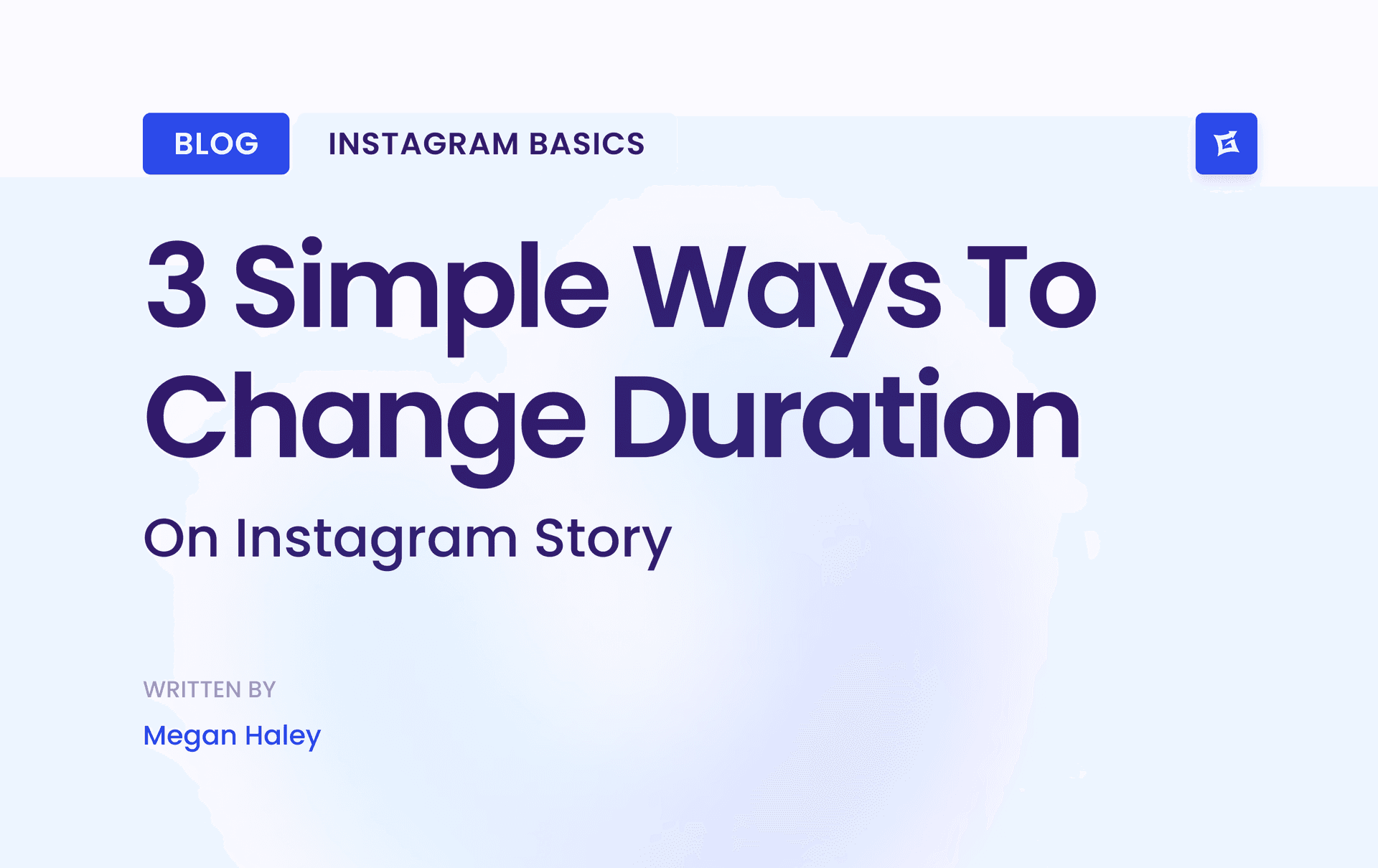
.png&w=1920&q=75&dpl=dpl_9XSWKBjhcBN6v6b1SN7m3p1WWjfr)
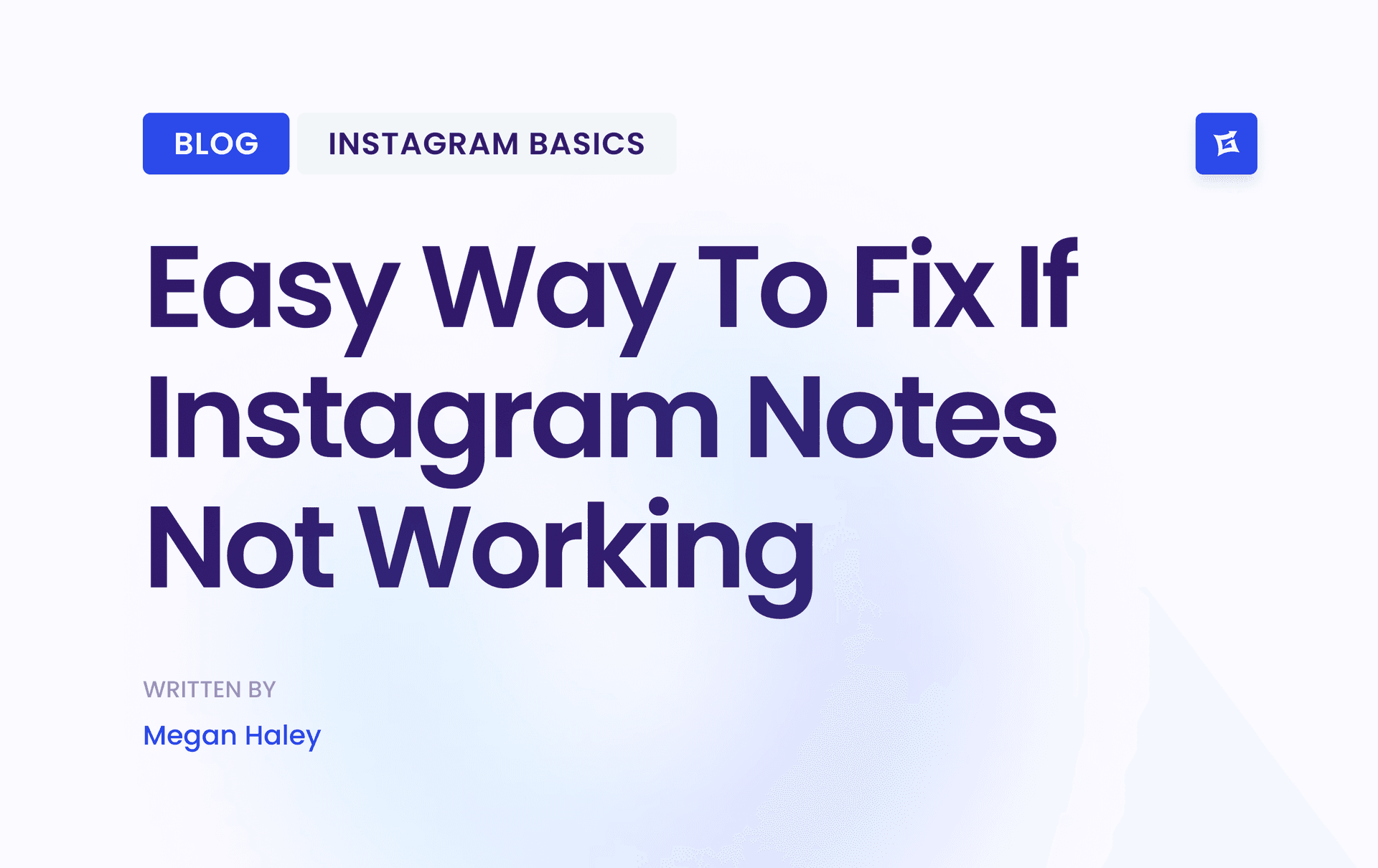
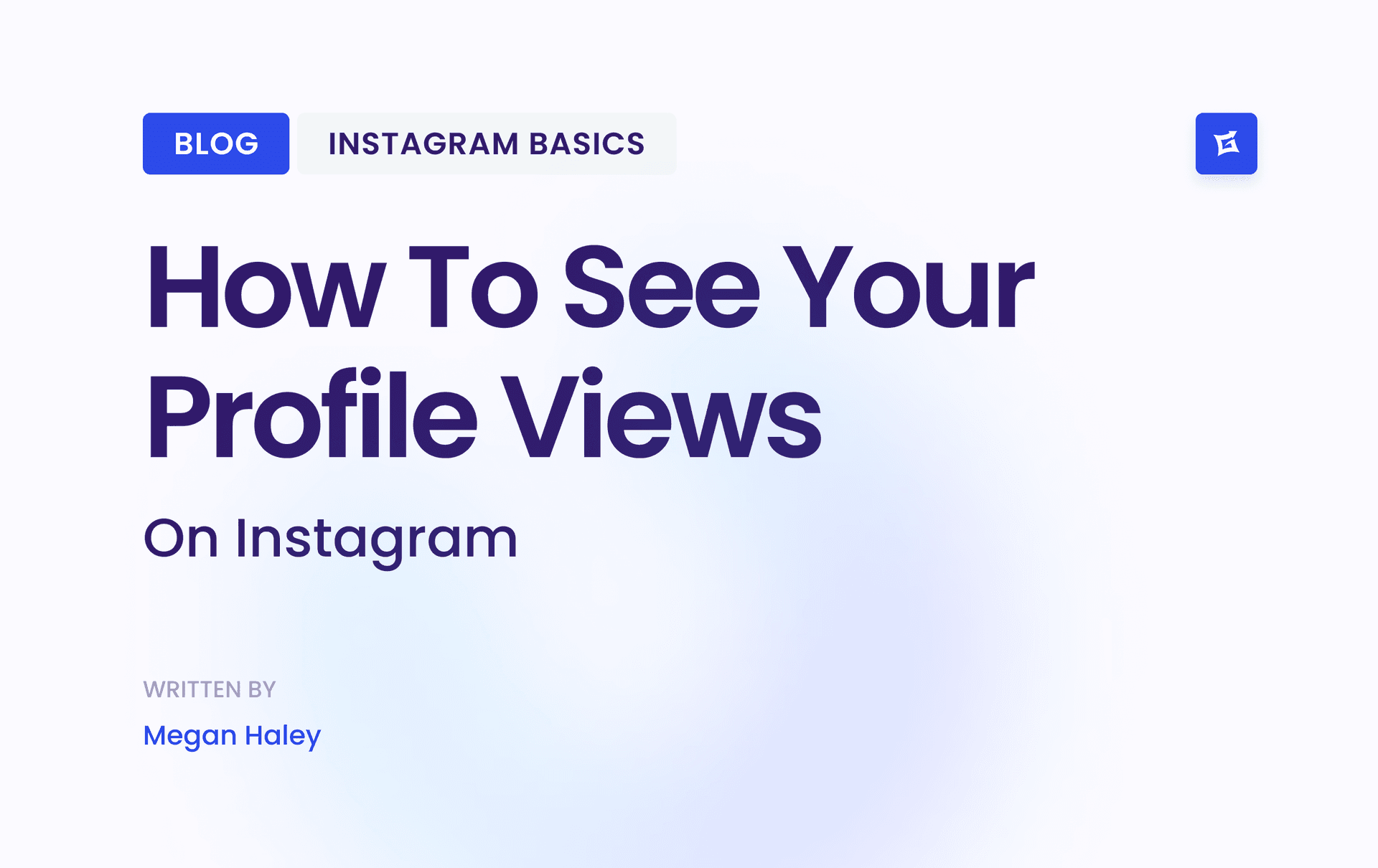
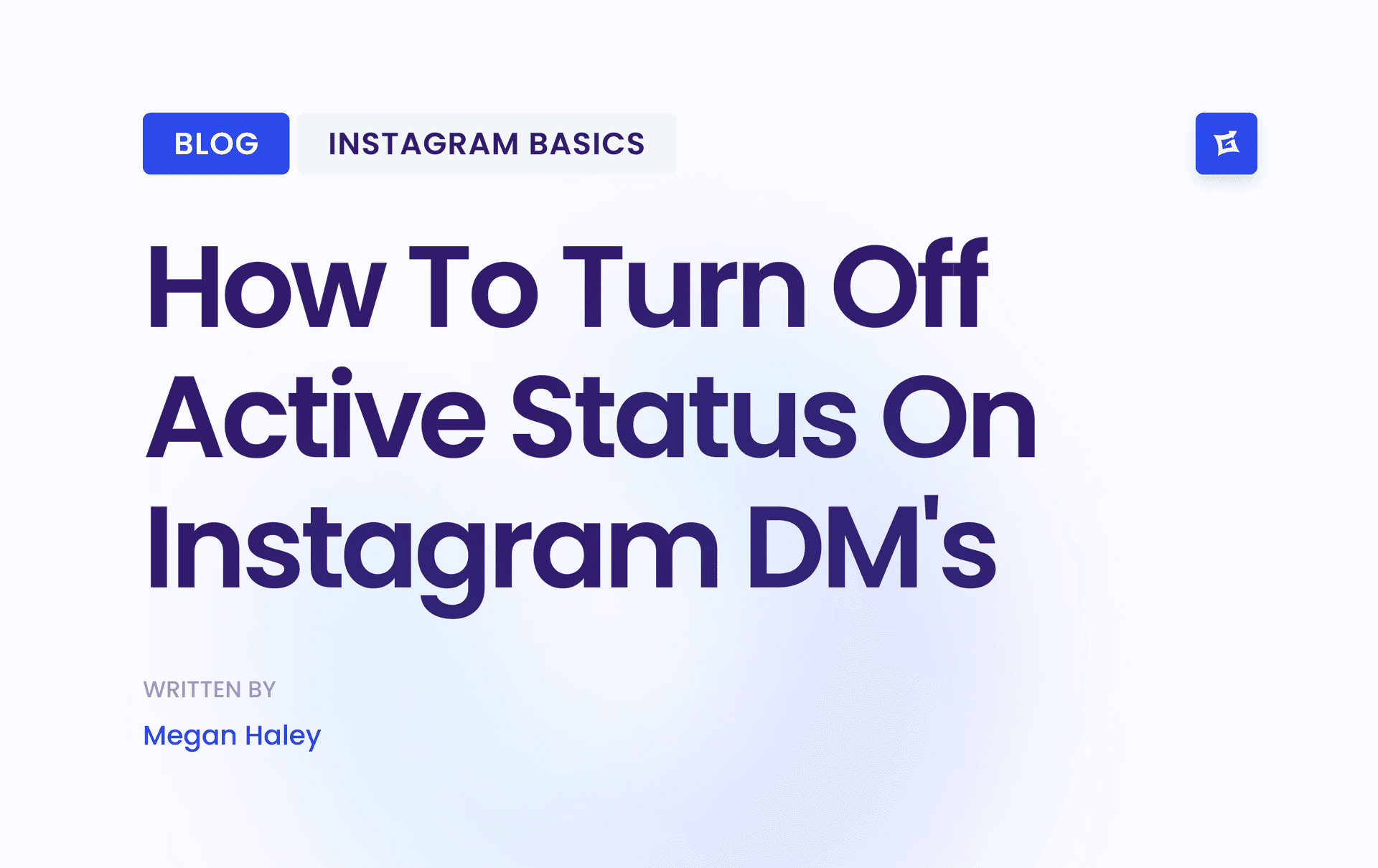
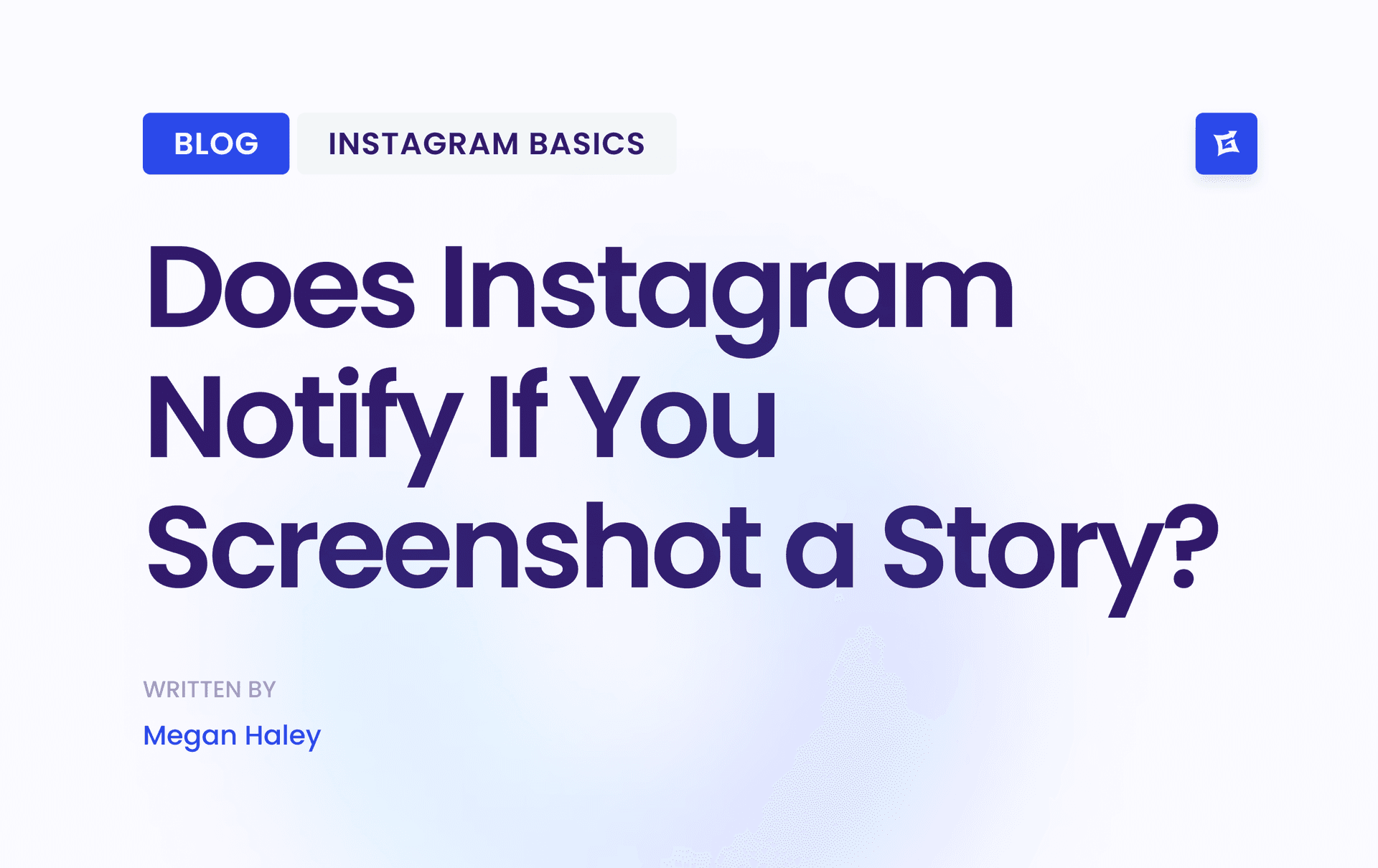



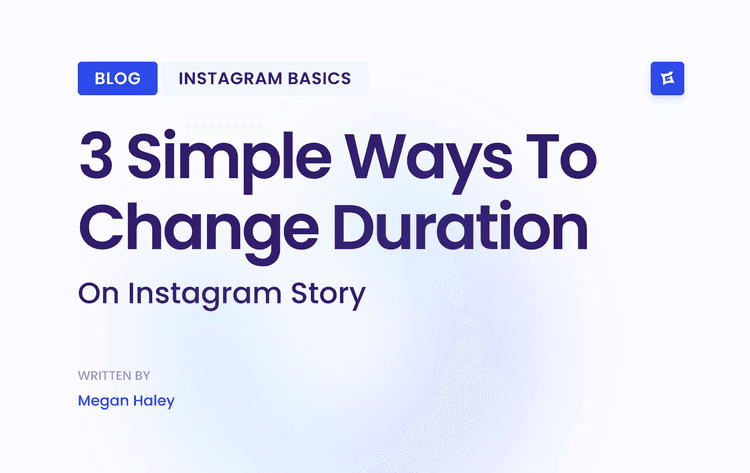
.png&w=750&q=75&dpl=dpl_9XSWKBjhcBN6v6b1SN7m3p1WWjfr)
